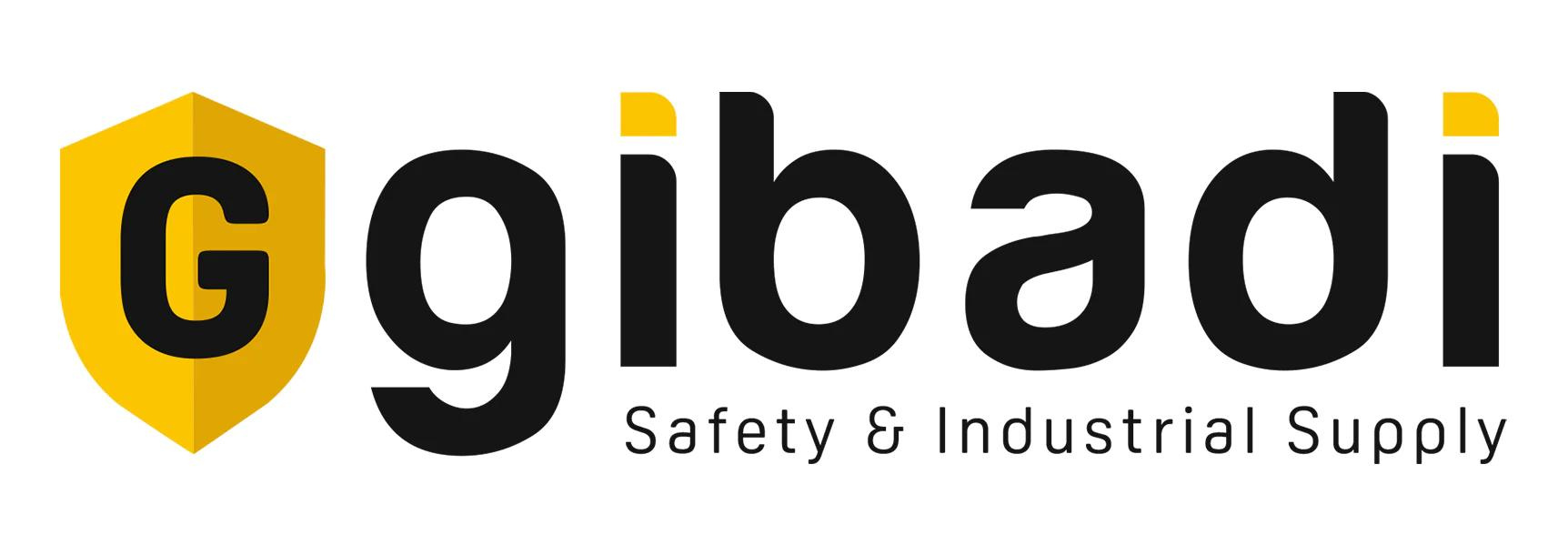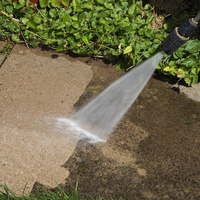Power tools are indispensable in manufacturing, construction, laboratories, and industrial maintenance. They increase efficiency, precision, and productivity—but they can also pose significant safety risks if not handled correctly. For engineers, technicians, and industrial workers, following best safety practices when using power tools is essential to prevent injuries and ensure a safe workplace.
At Gibadi, Nigeria’s trusted supplier of industrial safety equipment, power tools, cleaning tools, and labeling solutions, we emphasize safety without compromising performance.
Why Safety Matters with Power Tools
Power tools are designed to perform tasks quickly, but their high-speed operation, sharp components, and electrical power make them hazardous. Common risks include:
-
Cuts, lacerations, and punctures
-
Eye injuries from flying debris
-
Electric shocks or burns
-
Hearing damage from prolonged noise exposure
-
Repetitive strain injuries from improper handling
Proper training, safety equipment, and adherence to best practices minimize these risks.
Essential Safety Practices
1. Wear Appropriate Personal Protective Equipment (PPE)
Always use PPE when operating power tools:
-
Safety glasses or goggles to protect eyes from debris
-
Ear protection for loud equipment
-
Gloves suitable for tool handling (avoid loose-fitting gloves that could get caught)
-
Safety footwear to protect feet from dropped tools or materials
2. Inspect Tools Before Use
-
Check for damaged cords, frayed wires, or cracked housings
-
Ensure blades, bits, or attachments are sharp and secure
-
Verify that safety guards are in place and functional
3. Maintain a Clean and Organized Workspace
-
Keep floors dry and free of clutter to prevent slips or trips
-
Ensure adequate lighting and ventilation
-
Store power tools safely when not in use
4. Follow Manufacturer Instructions
-
Read user manuals thoroughly
-
Operate tools only for their intended purpose
-
Avoid modifying or bypassing safety features
5. Use Correct Techniques
-
Maintain a firm grip and stable stance
-
Avoid overreaching or awkward positions
-
Disconnect power tools when changing attachments or performing maintenance
6. Regular Maintenance and Calibration
-
Schedule routine maintenance to ensure optimal performance
-
Use Gibadi’s calibration and labeling solutions to track maintenance and ensure tools are in safe operating condition
The Role of Training
Even the best safety equipment cannot replace proper training. Organizations should:
-
Provide hands-on training for all employees
-
Educate staff about tool-specific hazards
-
Conduct regular safety drills and refresher courses
Well-trained employees are less likely to make mistakes that lead to accidents.
Gibadi’s Power Tool Safety Solutions
Gibadi supports safe industrial operations with:
-
High-quality power tools designed with built-in safety features
-
Personal protective equipment (PPE) including gloves, goggles, and safety footwear
-
Labeling and calibration products to track tool maintenance and compliance
-
Expert advice on safe tool operation and maintenance
With Gibadi, safety and productivity go hand in hand.
Conclusion
Power tools are powerful assets in any industrial workspace, but without proper precautions, they can cause serious injuries. Following best safety practices—including using PPE, inspecting tools, proper training, and regular maintenance—protects workers and ensures smooth, efficient operations.
Keep your team safe and productive. Explore Gibadi’s range of power tools, PPE, and labeling solutions to implement the highest safety standards in your workplace. Visit Gibadi Power Tools & Safety Equipment or contact our experts today.














